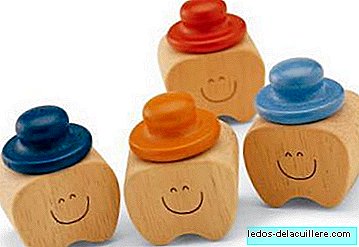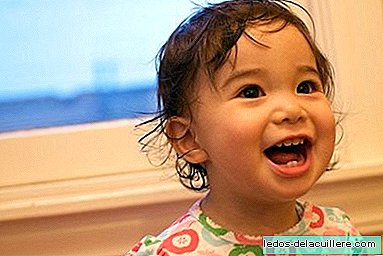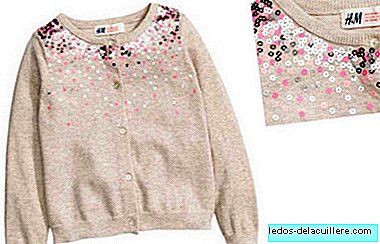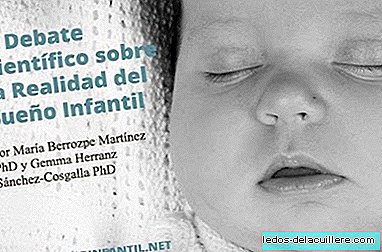
As in all areas of life, in terms of teething babies there is a stream of popular "knowledge" that actually contains more legend and folklore than reality.
There is beliefs deeply rooted in popular feeling, some with very old origins and that, however, are not true. But let's try to list some points that are true and those that are not about the appearance of the first teeth of babies.
Reality: The teething process usually begins between the sixth and eighth month of life and ends between 20 and 30 months, although there may be exceptions. The age at which the teeth come out is very variable.
Myth: It is not true that the delay in the appearance of the teeth means that the baby may have some lack of calcium or stunted growth.
Reality: there have been cases in which children are born with a dental piece (natal teeth) or who develop them in the first 30 days of life (neonatal teeth).
Myth: It is false that the first teeth cannot have cavities: bottle caries can arrive with the first tooth, so you have to follow proper hygienic habits from the beginning.
Reality: Signs of teething are drooling, irritability, inflammation and tenderness of the gums, appearance of small bruises in them, rejection of food (not for loss of appetite), eagerness to bite hard objects and sometimes a very fever mild, although not all specialists agree on this last point.
Myth: It is not true that teething causes colds, diarrhea or other digestive problems. Let us think that the child introduces everything he has in his mouth to seek relief from discomfort and therefore the colonization of the digestive tract by germs is more likely. Diarrhea that coincides with the teething process may also be due to the introduction of new foods into the baby's diet or to swallowing more saliva.
Myth: specialists increasingly agree that it is not true that teething causes high fever. Fever is a sign of illness and that something else is happening in the baby's organism, so you have to go to the pediatrician to look for its cause and treat it.
Reality: The discomfort that babies feel is because the teeth hatch by pressing and passing through the tissue that is inside the mouth, in the gums, called periodontal membrane.
Reality: The baby's sleep pattern can be altered during teething due to such discomfort and thus suffer more frequent awakening or restlessness during sleep.
Myth: it is false that the exit of the teeth implies loss of appetite of the baby; if he eats something worse, it is because of the general malaise or because the suction or rubbing of the spoon causes him pain.
Reality: to relieve discomfort The best is any cold and hard object with which the baby can find relief by biting or gnawing, such as chilled teethers. You can also gently massage the gums. If the discomfort is so strong that they justify the use of medication, pediatric pain relievers may be given at the appropriate dose for the age and if the doctor so indicates. There are also special topical anesthetics to relieve the symptoms of teething.
Myth: it is not true that infections arising during this process are due to teething; simply arise during teething, but not for her. Let us think that these moments usually coincide with weaning and the decrease in immune defenses in children, so they are more susceptible to certain diseases.
Reality: If the delay in the appearance of the teeth is excessive and global, it may be due to rickets and nutritional disorders.
Reality: The irritations in the baby's chin area when teeth appear is due to excess drool.
Myth: irritations in other places of the body or rashes in the diaper area, sometimes caused by frequent and / or liquid bowel movements, are not due to teething.
Reality: Although it is a rare case, some dental piece may not appear. There are occasions when, for reasons of congenital type, teeth may be missing (dental agenesis) and that it can manifest itself with the absence of one or more pieces in the first dentition.












